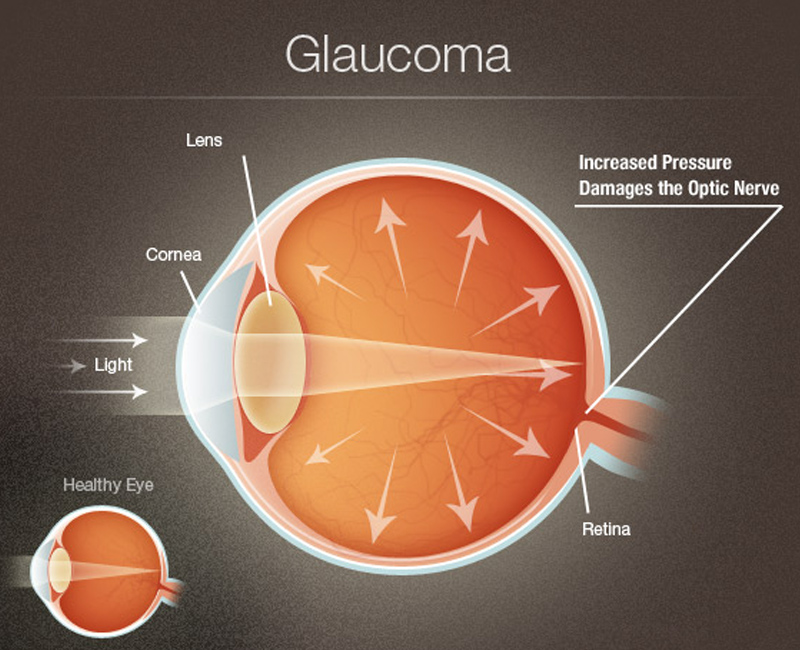
Overview
Dry eye is caused primarily by a lack of tears. Tears keep the eyes moist, lubricated and clean.
They also help protect the eyes against infection. A person may not produce enough tears because of a medical condition, medication side effects, allergies, stress, diet, sleep deprivation, or hormonal changes. In addition, certain types of contact lenses can cause dry eyes.
People who spend a lot of time working at computers or reading books or magazines may develop dry eyes.
Symptoms
Almost half of Americans suffer from dry eye. Symptoms can range from:
- burning
- stinging
- itching
- excessive irritation from the elements
- discomfort from contact lenses
If the glands cannot produce enough tears, they may release a large amount of them, causing the drainage system to overflow.

Treatment
Most dry eye is readily treated using artificial tears or nonprescription eye drops. In cases of severe dry eye, your doctor may prescribe a drug to stimulate tear production or recommend a temporary punctal plug, a tiny device that blocks the drainage channel of the tear duct.
Prevention Dry eyes often occur because of an imbalance between the amount of tears produced and how fast they evaporate. To help prevent dry eye, keep your eyes moistened by using a moisturizer regularly. Avoid blowing your nose into your hands, as this increases evaporation. Keep your room cool and dark, so that your eyes do not get too hot. Do not wear contact lenses if you experience any discomfort.
If you have dry eye, apply artificial tears frequently throughout the day. You may also try one of these home remedies:
- Use a humidifier
- Wear sunglasses
- Apply a cold compress
- Take a warm shower
- Eat foods rich in vitamin B
- Drink plenty of water

